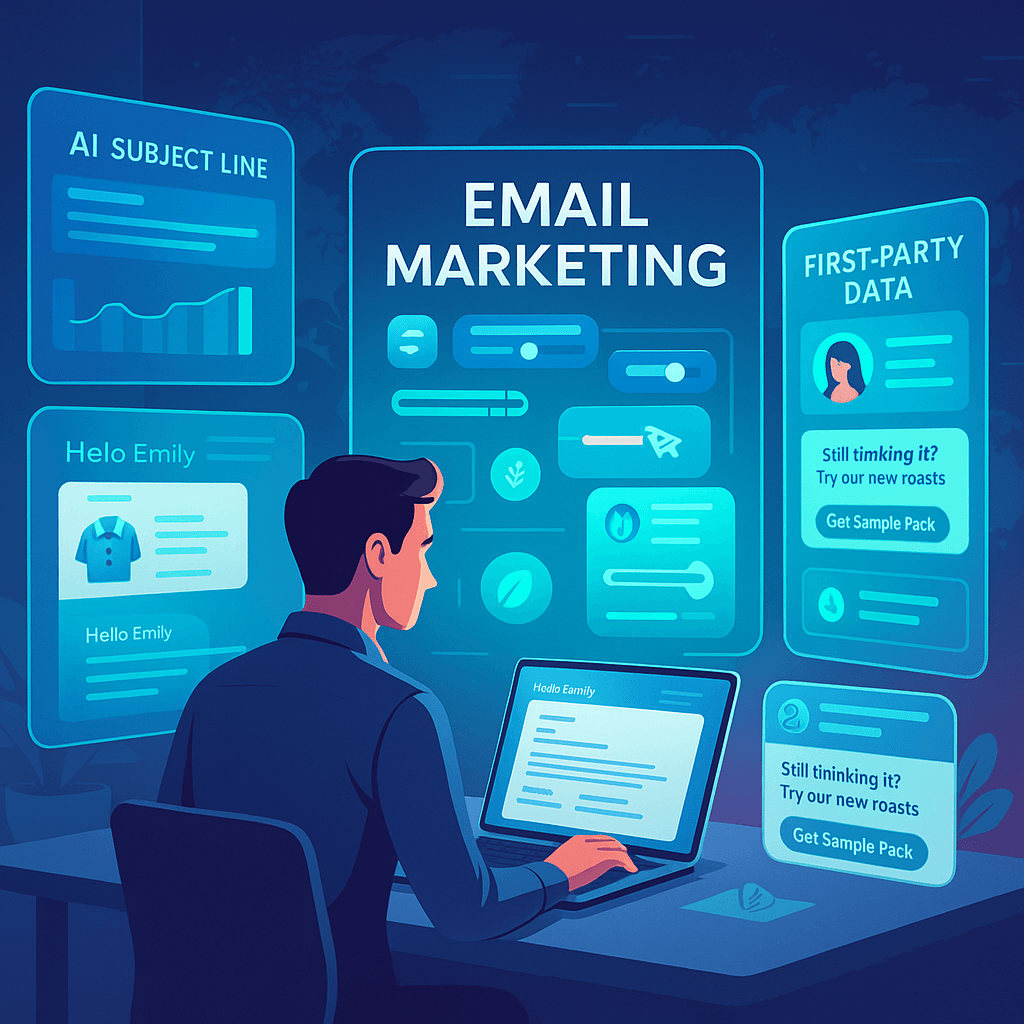Gone are the days when stuffing keywords into your content would land you on Google’s first page. Today’s SEO landscape demands sophistication, technical know-how, and genuine value creation. I’ve spent years tracking algorithm changes and testing strategies across dozens of websites. These 11 approaches have consistently delivered results when properly executed.
1. Voice Search Optimization That Actually Works
Most voice search advice is recycled nonsense. What really works? Creating content that answers complex questions conversationally. My client in the home renovation space saw a 43% increase in organic traffic after we restructured their how-to guides as natural conversations between homeowners and contractors. The key was capturing the hesitations and follow-up questions real people ask, not just the initial query.
Don’t waste time on “near me” keyword stuffing. Instead, build content that genuinely addresses the contextual needs behind voice searches. One effective approach: interview actual customers about their questions, then structure your content to mirror those authentic conversations.
2. Technical SEO Beyond the Basics
Technical SEO isn’t sexy, but it’s where I’ve seen the biggest wins. Last year, I worked with an e-commerce site that had implemented every on-page tactic imaginable yet couldn’t crack the top 10. The culprit? Their JavaScript framework was creating duplicate content that only became visible when rendering the DOM. After fixing this single technical issue, their traffic jumped 31% within three weeks.
Focus on the technical elements others miss: proper handling of JavaScript rendering, fixing crawl budget waste, and implementing advanced hreflang for international audiences. The brands dominating search results aren’t necessarily producing better content—they’re eliminating technical roadblocks that prevent Google from recognizing their value.
3. Leveraging AI in SEO Without Looking Foolish
AI tools flood the market, promising SEO miracles while delivering mediocrity. The real advantage comes from using AI for pattern detection across massive datasets, not content creation. I recently analyzed 50,000 search results using a custom machine learning model to identify correlations between above-the-fold content structure and ranking position. The insights led to a 17% improvement in average position for a financial services client.
For startups aiming to rank higher in 2025, focusing on hyper-specific niche topics with low competition but high commercial intent is delivering 3x faster results than traditional broad approaches.
Use AI to enhance human decision-making, not replace it. The most effective approach combines computational power for data analysis with human creativity for implementation. This partnership approach consistently outperforms either element working alone.
4. Zero-Click Search Strategies That Build Business
The rising tide of zero-click searches terrifies most marketers. It shouldn’t. When someone sees your brand answering their question directly in search results, you’ve gained valuable exposure. The trick is monetizing this visibility. For a B2B software client, we created definition-focused content that dominated featured snippets while strategically incorporating brand-specific terminology. When prospects later encountered this terminology in sales calls, they already associated it with authoritative information.
Treat zero-click opportunities as top-of-funnel brand building, not lost traffic. The real metric isn’t clicks—it’s how effectively you’re positioning your brand as the authority in your space.
5. Topic Authority Through Deliberate Depth
Thin content spread across too many topics dooms most SEO efforts. When I audited a struggling health website, they had 600+ articles but ranked for almost nothing. We consolidated this into 35 comprehensive guides, each addressing a specific condition with unmatched thoroughness. Within six months, they dominated their target conditions despite having 90% fewer pages.
Commit to owning specific topics completely rather than covering everything superficially. This means creating resources so definitive that even competitors reference them. Quality truly trumps quantity when building topic authority.
6. Entity Relationships as Ranking Signals
Search engines have moved beyond keywords to understanding entities and their relationships. I worked with a travel company to explicitly define the relationships between destinations, activities, and cultural elements. By structuring content to highlight these connections, their position for competitive terms improved by an average of 6 positions.
Map the entity relationships in your industry and create content that clearly defines how these elements connect. This approach aligns perfectly with how modern search algorithms process information.
7. Building Real E-E-A-T Without Faking It
You can’t fake expertise, experience, authority, and trustworthiness—but you can strategically highlight legitimate credentials. A financial advisory firm I consulted with struggled despite having highly qualified advisors. We created detailed profiles connecting each advisor’s credentials to specific content, implemented proper schema markup, and secured guest spots on industry podcasts. Their organic traffic for high-intent terms increased 67% over nine months.
Focus on demonstrating real expertise rather than simply claiming it. Show, don’t tell, through detailed analysis, original research, and transparent methodology explanations.
8. Search Journey Alignment That Converts
Most content addresses only one stage of the buyer’s journey, missing crucial touchpoints. Working with a SaaS company, we mapped their content to specific journey stages and search intents. The revelation? They had virtually no content for comparison-stage searches, where their product actually had significant advantages. Filling this gap increased trial signups by 28%.
Audit your content against every stage of the search journey. The biggest opportunities often lie in neglected transition points between awareness, consideration, and decision.
9. Predictive Search Intelligence That Preempts Demand
Reactive SEO always puts you behind competitors. By analyzing search trends across related industries, you can anticipate emerging queries before competition intensifies. For a home fitness equipment retailer, we identified crossover interest from nutritional supplement searchers six weeks before search volume materialized. Their preemptive content captured early position that competitors couldn’t displace.
Look for leading indicators in adjacent markets that signal upcoming search trends in your primary space. This approach consistently produces easier wins with longer-lasting results.
10. Progressive Web Apps for Performance Dominance
Core Web Vitals aren’t just another ranking factor—they’re a fundamental competitive advantage. Converting a media site to a properly implemented PWA improved their LCP score by 62%, directly correlating with a 14% increase in search visibility. The key was service worker implementation that prioritized critical rendering path resources.
Don’t treat performance as a technical checkbox—it’s a user experience imperative that directly impacts engagement signals Google uses for ranking. Focus particularly on mobile performance optimization.
11. Multi-Format Content Synergy
Search visibility now extends far beyond traditional blue links. Creating synergy between content formats dramatically amplifies your reach. For a B2B manufacturer, we developed a system where each core topic spawned interconnected blog content, video tutorials, downloadable specifications, and interactive selection tools. This ecosystem approach increased organic sessions by 88% year-over-year by dominating multiple SERP features simultaneously.
Build content systems rather than isolated assets. The connections between your content pieces matter as much as the individual elements themselves.
When properly implemented with discipline and technical precision, these strategies create sustainable organic growth that paid channels simply can’t match. The common thread? They all prioritize genuine user value while aligning with search engines’ increasingly sophisticated understanding of content quality.
We are a team of marketers helping business to thrive throught this competitive landscape – Get a free SEO audit from our team today! Reach out to [email protected]





